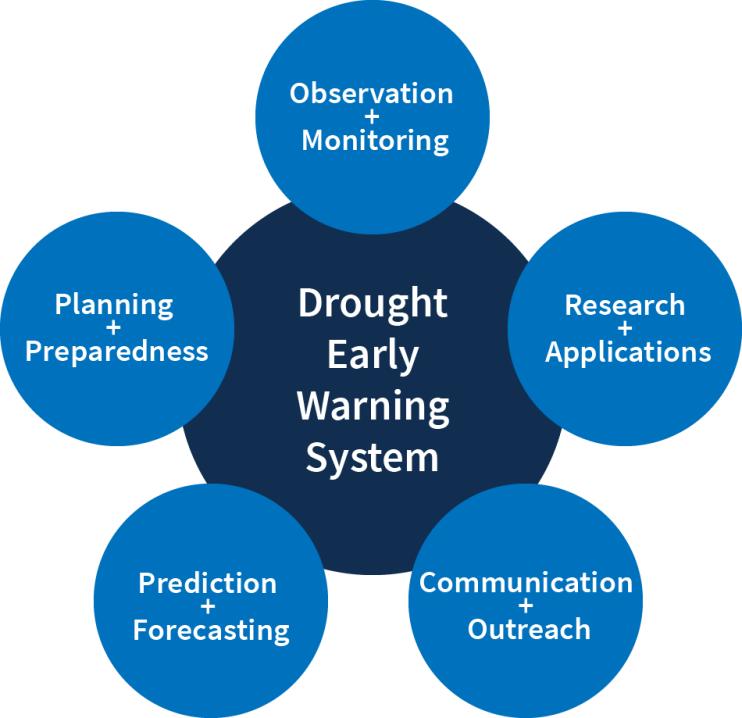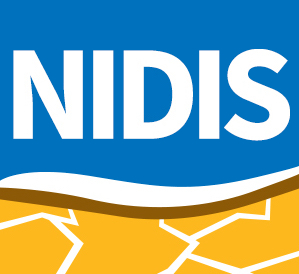Drought Early Warning Activities
Each regional drought early warning system (DEWS) focuses on improving early warning capacity for and resilience to drought in that region, including examining the role of extreme weather events and climate variability in drought.
NIDIS has developed regional drought early warning systems (DEWS) throughout the United States, where local networks of researchers, resource managers, policymakers, the private sector, academics, and other stakeholders share information and actions to help their communities cope with drought.
A DEWS coordinates this network of key regional partners so that decision makers and citizens can systematically approach drought monitoring and forecasting integration when planning and preparing for drought. Regional DEWS encourage innovation by integrating new, locally relevant drought information, and supporting the introduction and testing of technologies that detect and communicate drought risks and warnings.
Regional DEWS activities focus on five key areas for drought early warning (DEWS components): observation and monitoring, prediction and forecasting, planning and preparedness, communication and outreach, and interdisciplinary research and applications.

Drought Early Warning Activities
The table below shows ongoing activities related to drought early warning across the United States. Each activity falls into one or more of the five key areas of drought early warning systems (DEWS components): observation and monitoring, planning and preparedness, prediction and forecasting, communication and outreach, and interdisciplinary research and applications.
With this project, the Confederated Tribes of the Umatilla Indian Reservation (CTUIR) plan to to develop a drought early warning system dashboard and local indices for streamflow, baseflow and…
2022
2024
The Native Drought Resilience project—a partnership between the Confederated Salish & Kootenai Tribes (CSKT) of the Flathead Reservation, Salish Kootenai College, the Montana Climate…
2022
2024
In order to build Tribal capacity around drought resilience, the project team—led by Clemson University and the Coeur d’Alene Tribe Department of Natural Resources—will integrate Tribal…
2022
2024
Monitor reservoir streams for fish passage (bull trout) and stranding during summer months to identify and remediate fish passage barriers and fish stranding.
This project aimed to provide trainings and workshops for the nine tribes of Kansas, Nebraska, and Iowa that would assist tribal leaders, program coordinators, planners, and managers…
2019
2022

